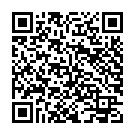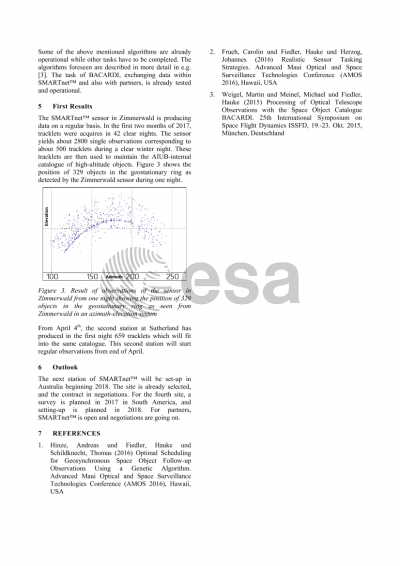Document details

Abstract
Situation awareness of objects in the geostationary regime is of great interest for collision avoidance by active satellites as well as for scientific research on the space debris population and its evolution over time. As the number of active satellites in this region is substantial and better knowledge on the long-term evolution of the debris population is essential to devise efficient space debris mitigation measures, it makes sense to set up a sensor network with multiple entities to combine all available sensor measurements for a comprehensive situational picture. This will allow for cost sharing and optimising observation strategies to gain as much information as possible about this orbital region. Therefore, the German Space Operation Center, GSOC, together with the Astronomical Institute of the University of Bern, AIUB, are setting up a global optical sensor network called SMARTnet: the Small Aperture Robotic Telescope Network. The basic characteristics of the SMARTnet concept is the free exchange of all information gathered, mainly in form of tracklet observations, between all partners involved.
In this paper, the principles of SMARTnet are presented, how other entities can join the network and how tracklets are exchanged. The first two stations at Zimmerwald and Sutherland are introduced as well as possible future locations for additional telescope stations. Furthermore, results from the first two stations are shown. Additionally, a short insight is given in the data processing chain including object correlation, orbit determination, and cataloguing functions.
Preview




